This is the first in our series Uncovered: Black Women & Hair Loss. Take our hair loss survey here.

We love a good protective style. And they can be the answer to so many of our hair problems. Want to grow your hair out? Protective styling. Want low manipulation for your hair? Protective styling. Need to give your hair a rest…. yep, you guessed it: Protective styling. But are protective styles truly the answer to all your hair troubles or are they doing more harm than good? Here, we tackle five of the most popular protective styles and how they may be contributing to hair loss and shedding. But don’t worry, we’re not going to leave you hanging. We’ve got tips and tricks to prevent hair damage if you choose to rock these protective styles.
By Nina King and Mariam Ojesanmi
BRAIDS
Braids are easily the #1 poster child for protective styling. From box braids to faux locs to Senegalese twists, braids offer endless versatility, styling, and length. However, we would be lying if we didn’t discuss the warnings and dangers braids may pose to your hair.
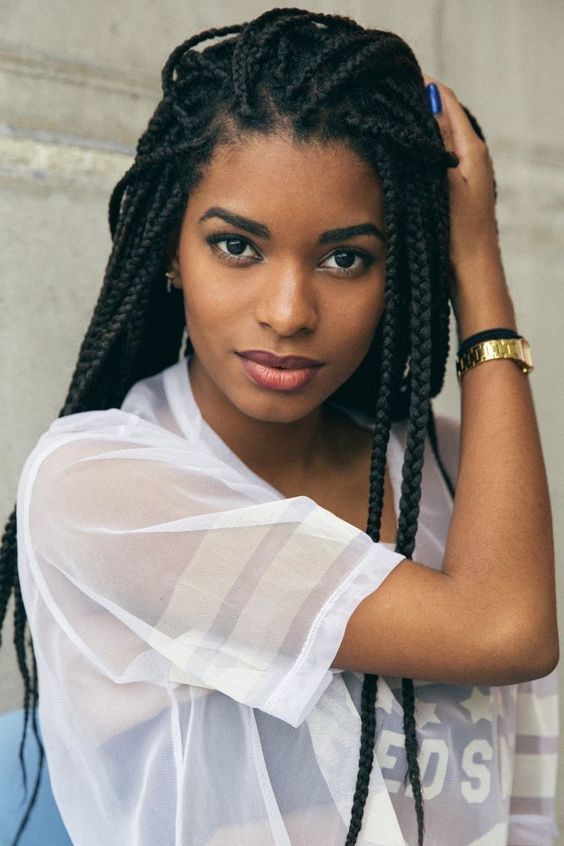
@barkowskitristan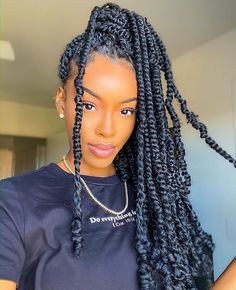
@slimreshae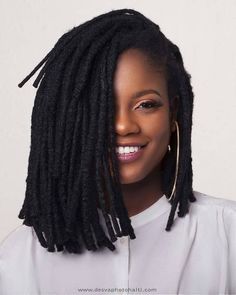
@princesseud
When it’s a protective style: Braids are great for short-term commitments. If you’re going on vacation or need to have your hair up for a while, braids offer the perfect solution. As long as you continue to moisturize, shampoo, and condition your own hair while it’s in braids, you will definitely see hair growth when it’s time to take them down.
When it’s not a protective style: Not surprisingly, braids require a stylist to pull on your hair to achieve that sleek and salon-fresh look. The constant pulling from the root can easily lead to hair loss, especially if you choose to wear these styles back to back. This can be a huge problem for more fragile areas of your hair, such as your edges and the nape of your neck. If your braids are too tight around any of these areas, your edges will literally be snatched (and not in a good way!). So how do you avoid tension and hair loss while wearing braids?
- Speak up! Don’t be afraid to tell your stylist that your braids are too tight. No one knows your hair better than you. If the tension is too much, address it early to avoid issues later.
- Try to minimize the weight of extensions on your hair. If you’re getting heavy braids or large faux locs, the tension on your hair is even greater, so avoid wearing these styles for long periods of time.
- This leads to our final caveat: braids are not meant to be worn for months at a time. While it’s easy to believe that your hair is living it’s the best life, your hair still needs time to breathe and recover. There is a little bit of debate on the exact timeframe your braids should last, but most stylists agree it can be anywhere from two to six weeks, and eight weeks at the absolute maximum. It’ll also depend on how fragile or strong your hair is. If you stick to this timeline and make sure to give your hair some extra TLC when it’s time to take the braids down, you should see little to no shedding or hair loss.
Signs to watch out for: As we stated above, if your edges look like their holding on for dear life, they probably are, so take those braids out! Your hair will love you for it later. And if your braids feel too heavy and/or causing you headaches, that’s a sign that your hair is experiencing extreme tension and the style needs to be taken down ASAP. We know there’s a tendency to give them time to “loosen up,” but you could lose your edges in the process. If you’re wearing any braided styles back to back, you might want to give your hair a few weeks rest before you braid them back up again, just to ensure your hair is still receiving the care it needs. And look for thinning spots. If you notice thinning at, say, your temples, it may be time to take an extended break.
WIGS
Wigs allow you to experience an endless variety of hairstyles, while your hair is safely tucked away in cornrows. From bold neon colors to soft naturals, wigs can perfectly mimic your natural hair with the magic of a lace front. While wigs may be your go-to when it comes to protective styling, there are some precautions you’ll need to take so your hair is still at its best when the wig comes off.
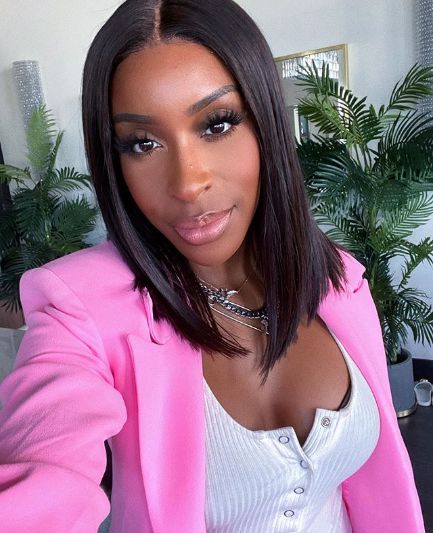
@jackieaina 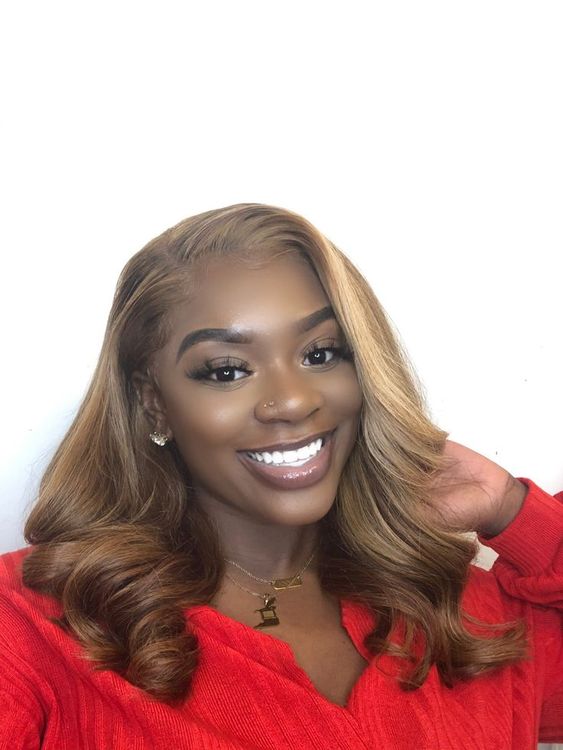
@Triniggyal 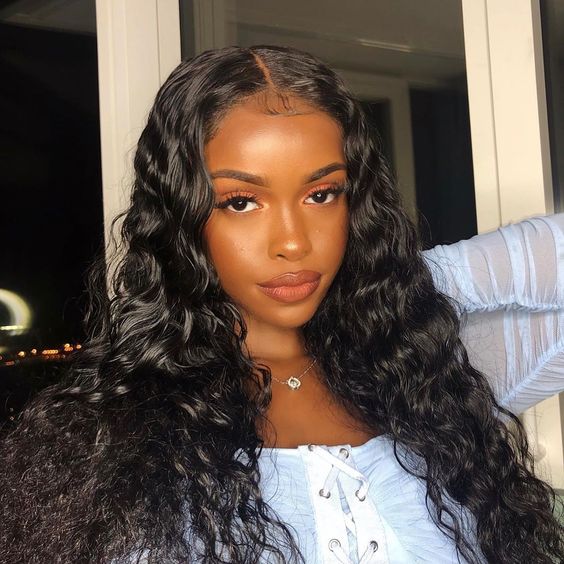
(As seen on Pinterest)
When it’s a protective style: Similar to braids, wigs are also great for short term protective styling. If your cornrows are not too tight and you maintain the same wash-condition-moisturize regimen, wigs can definitely function as a smart protective look. However, just like the others, the difference between protection and damage is a fine line to walk.
When it’s not a protective style: To achieve that seamless and “lace-less” look, wigs have to be as close to your natural hairline as possible. This may not seem like a problem at first, but when you enter lace front adhesives into the picture, the narrative completely changes. The constant application of wig glue or spray makes it easy for your edges to slowly wear away. To ensure this doesn’t happen to you, try to limit your use of wig glues or try to avoid placing the adhesive directly on your edges.
When it comes to choosing wig caps, opt for caps that are breathable for your hair underneath. During the summer when it’s easy to sweat, you don’t want a wig cap that will trap all that dirt and debris on your scalp. Capless wigs are another great solution as they minimize the barriers between your natural hair and the wig.
Speaking of natural hair, don’t forget to keep your cornrows moisturized and conditioned! One of the biggest reasons wigs contribute to hair loss is that we often think we don’t need to take care of our hair underneath. You do! Keeping your hair in wigs without taking care of your natural hair leads to a perfect storm of excess hair loss and breakage.
Signs to watch out for: If you see your edges thinning, this may be a sign that it’s time to take a break from the wigs. This is also the same for your takedowns; if you see more breakage and hair loss on wash day, give your hair time to breathe.
WEAVES
We love a good weave. In one appointment, you can go long, go short, change your color, or add volume all without doing a single thing to your own hair. It’s true transformation without any commitment. Plus, weaves can make styling your hair each day super easy since you don’t have to worry about your hair too much besides moisturizing your scalp and roots. But for as good as weaves can be, they can also pose a few problems.
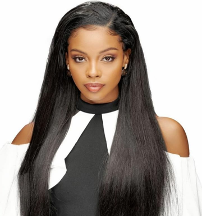
@hairbyvicsqueen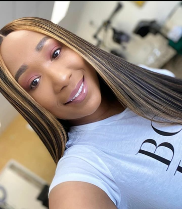
@styledivasouthafrica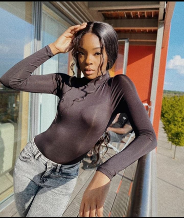
@chelsea_oa
When it’s a protective style: Your hair can flourish when it’s braided down under a weave. Without any heat damage or stress from styling, weaves can truly give your hair a break. And if you’re already dealing with hair loss, some weaves can help camouflage thin spots while they grow back. The key is making sure your hair is healthy enough to support a weave (your stylist will be able to tell you) so you’re not adding extra stress to your strands.
When it’s not a protective style: Weaves can cause tension, breakage, shedding, and buildup if they’re braided, weaved, and sewn in too tight. Like with any style in which hair is added, excessive pulling or stress on the strands can cause them to simply snap. If your hair is already weak, you’re going to be more prone to breakage. Also, there’s your leave-out to consider. If you constantly have to flat-iron or brush down your leave-out for a partial weave to match the extensions, that can also lead to heat damage and breakage along the hairline. And keep in mind: When you take out your weave, watch for any sensitive spots where hair may be thinning. It’s often a good idea to have your stylist switch up her braiding patterns to give certain parts of your scalp a break if you wear extensions back to back.
Signs to watch out for: If your sew-in feels too tight during the install, odds are it’s causing too much stress on your strands and scalp. You also want to watch out for keeping them in too long. Even though your hair extensions can last a long time, you’ll want to remove them and properly cleanse and treat your own hair and scalp at least every two months. Longer than that can cause more damage than its worth with excess buildup, shedding, and breakage.
CROCHET
Crochet is considered to be one of the best protective styles as its quick installation involves a latch hook or crochet hook that crochets the extension to one’s already braided hair. This unique style can be done in long or short braids, twists, and much more. It’s a versatile way to add hair without spending as much time in the chair.
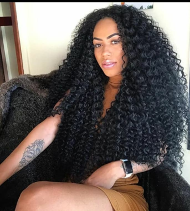
@gabrielmoura._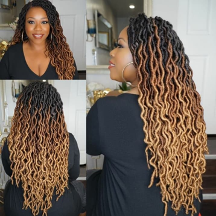
@glamluxxe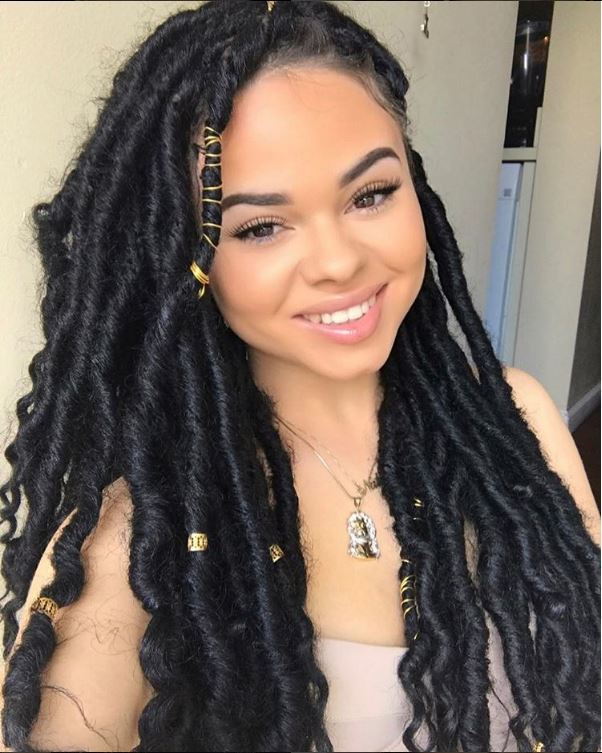
_therealmami
When it’s a protective style: Crochet braids are classified as a protective style because before the braid hair is crocheted into your own hair, a your hair will be braided in cornrows as it locks in the moisture and oils in the scalp before layering it with the braid hair. Crochet braids can prevent dryness and thinning of our own hair with the simple installation technique and minimal manipulation of your own hair. With crochet, it can also be simpler for women to still clean and tend to their hair with the braids as it does not require a lot of effort to continue to moisturize and cleanse your scalp.
When it’s not a protective style: Despite crochet braids having many benefits, there are a few red flags that can lead to hair loss. As with any protective style, don’t overdo it: Crochet styles that are left in for more than six to eight weeks can begin to cause damage to your natural hair underneath. If you push the boundaries of this style, it can cause breakage to their hair that you won’t be aware of until the takedown.
Signs to watch out for: Another pro tip that women can watch out for while wearing crochet braids is to regulary apply co-wash, deep conditioner, and moisture to the hair as these are the essential products to use to maintain healthy, happy strands.
We hope that these tips can keep your hair healthy and thriving in any of these protective styles, and don’t forget to head over to Swivel Beauty to book an appointment with any of our trusted stylists!
Thanks for sharing such a fantastic blog!
King regards,
Boswell Cannon
Is a straightening brush more harmful to hair than a blow dryer? Using a blow dryer on a daily basis is not as harmful as using one for longer periods of time as the hair is still damp from being wet when the heat is applied.